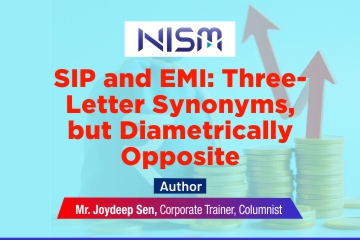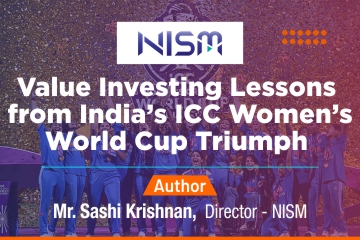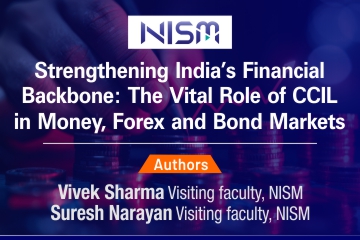
The Assets under Management (AuM) of passive equity funds, as of 31 st March, 2025, was about 27% of the overall equity fund AuM of Rs.40 lakh crores. The AuM of passive equity funds have grown at a CAGR of 47% in the last 5 years, significantly outstripping the growth in AuM of actively managed equity funds. In this period the number of passive folios grew at 68% as compared to a meager 21% growth in active folios.
And therein lies a fascinating paradox – this explosive growth in AuM and folios of passive equity funds has happened even though many active equity funds have delivered better returns, with lower volatility, in comparison to their passive counterparts.
An analysis of fund returns over a 25 year period indicate that, over many time periods, large cap equity funds have outperformed the NIFTY 50 ETFs. Their volatility adjusted returns – measured by risk indicators like the Sharpe Ratio – match those of the NIFTY 50 ETFs.
| Horizon (years) | CAGR | SD Annualised | Sharpe Ratio | |||
|---|---|---|---|---|---|---|
| 31.3.2025 | Large-Cap | Nifty 50 ETF | Large-Cap | Nifty 50 ETF | Large-Cap | Nifty 50 ETF |
| 5 | 19.29 | 19.12 | 15.34 | 15.5 | 0.22 | 0.25 |
| 10 | 13.73 | 13.8 | 15.66 | 16.12 | 0.1 | 0.13 |
| 15 | 11.4 | 11.39 | 15.73 | 16.27 | 0.11 | 0.13 |
| 20 | 13.67 | 13.66 | 18.27 | 16.47 | 0.12 | 0.13 |
| 25 | 13.78 | 18.27 | 16.47 | 15.5 | 0.12 | 0.13 |
Managers of active funds have the ability to avoid index laggards, allocate tactically to outperforming sector and exercise judgement during periods of market stress. In theory, therefore, given their track record and the promise to deliver alpha, should not investors prefer active funds? Yet the fund flows tell a different story.
There are several structural and behavioral factors that explain why retail investor tilt towards ETFs and Index Funds. Firstly, retail investors find it difficult to identify which active fund manager will deliver alpha in the future. While some active large cap funds have outperformed their benchmark over the last 25 years, the consistency of such outperformance is not uniform and they have had periods of underperformance. Passive funds, in contrast, almost guarantee market matching returns without the uncertainty. In times of market volatility, retail investors become wary of “manager risk” – the risk that a chosen fund manager may underperform. Passive investing eliminates this layer of decision making.
Secondly, ETFs and Index Funds have some structural advantages. As ETFs trade like stocks, they offer inter-day liquidity. They offer complete transparency of holdings, as they mirror the underlying index, thus easing portfolio construction for asset allocators. Younger investors are less emotionally attached to the idea of star fund managers and more focused on efficient exposure to asset classes. For investment advisors, recommending ETFs or Index Funds, simplifies client communication and portfolio monitoring.
Thirdly, passive funds have a clear cost advantage. Expense ratios of ETFs and Index Funds are significantly lower than those of actively managed funds. Even if active fund managers outperform their passive counterparts by 200 basis points, their higher fees can erode their net advantage. Over long periods, compounding of this fee difference can tilt the scales in favor of passive funds. For instance, as can be seen the table above, actively managed large cap funds have, on average for a 25-year period, delivered a CAGR of 13.78% compared to the CAGR of 14.23% delivered by the NIFTY 50 ETFs. This would mean that Rs.10,000 invested in a NIFTY 50 ETF in the year 2000 would now be worth Rs.2.78 lakhs whereas Rs.10,000 invested in a large cap fund would be worth only Rs.2.52 lakhs. For a new generation of investors, who prefer predictability, simplicity, transparency and lower costs, investing in passive funds aligns with their financial philosophy.
Author: Mr. Sashi Krishnan, Director – NISM

SIP and EMI: three-letter synonyms, but diametrically opposite You are king of your money or slave to your expenses SIP…

Watching the finals of the ICC Women’s World Cup Final, where the Indian Women’s Cricket Team defeated the South African…

In the complex architecture of India’s financial system, very few institutions have had as profound and far-reaching an impact as…
© 2025 National Institute of Securities Markets (NISM). All rights reserved.